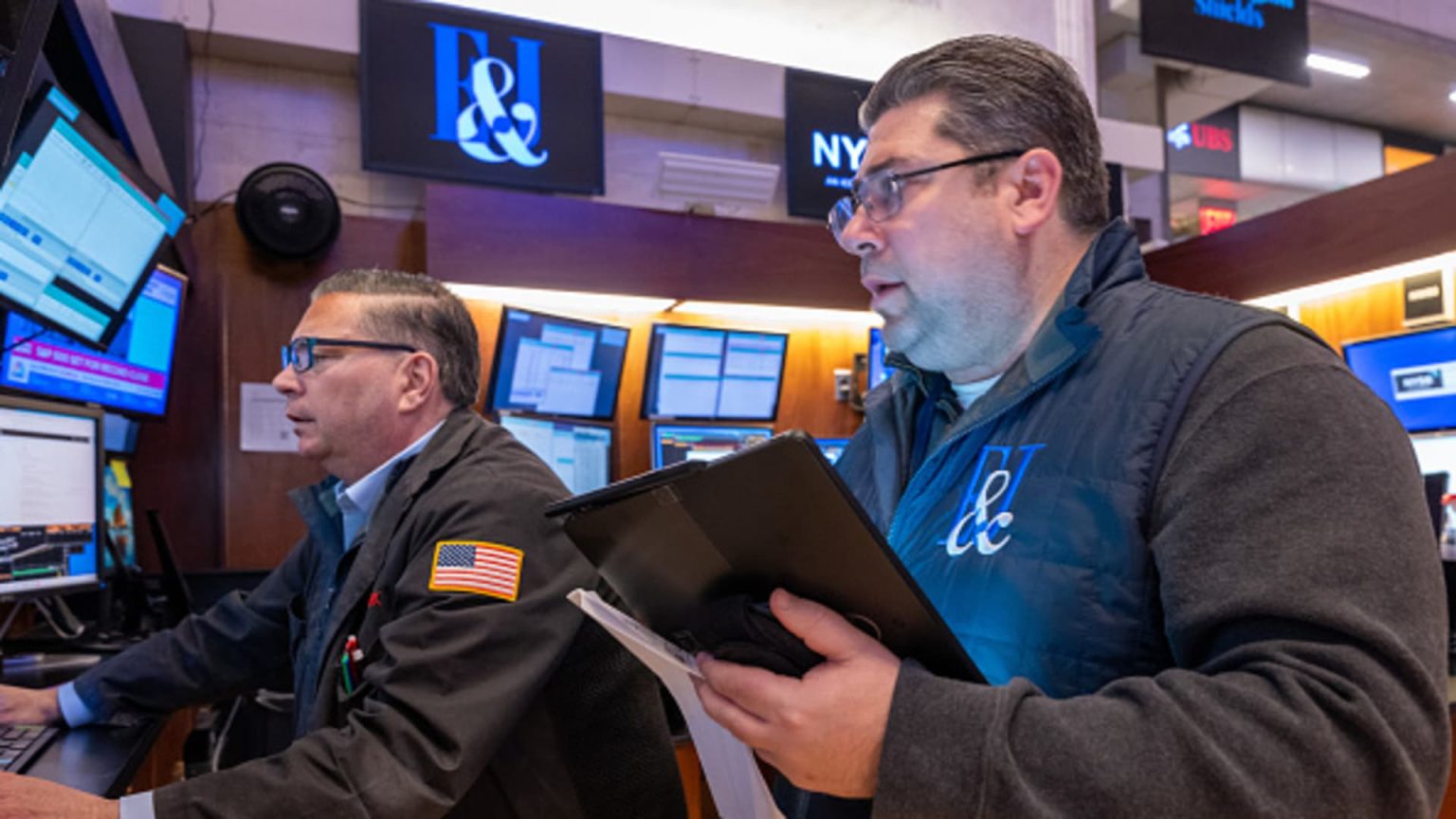Here’s our Club Mailbag email [email protected] — so you send your questions directly to Jim Cramer and his team of analysts. We can’t offer personal investing advice. We will only consider more general questions about the investment process or stocks in the portfolio or related industries. This week’s question: As you would imagine, many of us Club members hold positions in the Portfolio stocks with sizing that differs from the Club holdings. With that in mind, a suggestion… When you issue a Trade Alert, it would be helpful if you would include the percentage of the existing Club holding that you are either adding or selling. This would enable Club Members to easily calculate the specific number of shares to add or sell relative to our own position, should we wish to mirror the Club’s sizing/weighting for each stock. We appreciate that members may want to mirror our Club portfolio trades and position weightings but feel that adding the percentage of the position bought or sold to the trade alerts would send the wrong message. At best, it would not be very meaningful; and at worst, it has the potential to mislead members by focusing their attention on a metric we don’t find valuable. For starters, the goal of the CNBC Investing Club is education with a focus on market analysis, stock research and selection, and portfolio management; not for members to mirror our portfolio or our moves. In fact, we don’t recommend members own more than 10 stocks (15 at most if you can commit the time). That’s because Jim Cramer always says we do buy-and-homework – one hour per holding, per week of homework, which can become burdensome once a portfolio begins to exceed that number. We currently hold 33 stocks and have a team of analysts, reporters and editors working full-time on developments related to our holdings. With that in mind, the reason we don’t include data about the percentage share of our holding we are buying or selling is because we don’t think it provides important information in terms of exposure. Because we don’t want to mislead members into thinking that if we sell X% of a position, they too should sell X% of their position. Again, what matters once the trade is completed is how much exposure you have remaining – exposure in terms of the weighting of the position in relation to others in the portfolio and exposure in terms of stocks in different industries. More important than the percentage increase or decrease of the holding in question is why the trade is being made in the first place. If, for example, our primary motivation is to raise cash, then that is what members should focus on first. You may opt to raise cash in the same names that we are, but you may also have other names that you feel are better sources of funds. Another motivation may simply be to right-size a position after a big move. If, for example, we want to take our Apple exposure down to 5.39% from 5.62%, as we did at the beginning of 2024 after last year’s rally pushed the weighting above our comfort zone, then the focus is on maintaining a diversified portfolio. As Jim puts it, we don’t want to be the Apple fund. We aim to keep position sizes as close to a 5% weighting in the portfolio as possible. Just because we had to sell 4.5% of our Apple position to do that doesn’t mean you should automatically sell that amount of yours. What if your weighting in Apple was only at 4% to begin with, and there was no fundamental reason for us to be trimming beyond portfolio management, you would probably not want to sell, too. Bottom line If you wanted to calculate this metric, it’s as simple as dividing the number of shares being traded by the number of shares owned prior to the trade; and then, move the decimal two places to right to convert to a percentage. However, we strongly suggest that instead, members focus less on the percentage sold and more on the reason for the trade and the exposure we have after the trade is made. This is far more reflective of our thinking and our ultimate goals. Again, we want to once again stress that the goal of the Club is not for you to mimic our moves or holdings exactly but rather use it as a source of education. Learn from what we do right, and more importantly what we get wrong. We invest with an open hand, and Jim is not shy about explaining what went wrong. Then look to apply these lessons to your own unique circumstances. (See here for a full list of the stocks INJim Cramer’s Charitable Trust.) As a subscriber to the CNBC Investing Club with Jim Cramer, you will receive a trade alert before Jim makes a trade. Jim waits 45 minutes after sending a trade alert before buying or selling a stock in his charitable trust’s portfolio. If Jim has talked about a stock on CNBC TV, he waits 72 hours after issuing the trade alert before executing the trade. THE ABOVE INVESTING CLUB INFORMATION IS SUBJECT TO OUR TERMS AND CONDITIONS AND PRIVACY POLICY , TOGETHER WITH OUR DISCLAIMER . NO FIDUCIARY OBLIGATION OR DUTY EXISTS, OR IS CREATED, BY VIRTUE OF YOUR RECEIPT OF ANY INFORMATION PROVIDED IN CONNECTION WITH THE INVESTING CLUB. NO SPECIFIC OUTCOME OR PROFIT IS GUARANTEED.
Here’s our Club Mailbag email [email protected] — so you send your questions directly to Jim Cramer and his team of analysts. We can’t offer personal investing advice. We will only consider more general questions about the investment process or stocks in the portfolio or related industries.
This week’s question: As you would imagine, many of us Club members hold positions in the Portfolio stocks with sizing that differs from the Club holdings. With that in mind, a suggestion… When you issue a Trade Alert, it would be helpful if you would include the percentage of the existing Club holding that you are either adding or selling. This would enable Club Members to easily calculate the specific number of shares to add or sell relative to our own position, should we wish to mirror the Club’s sizing/weighting for each stock.





